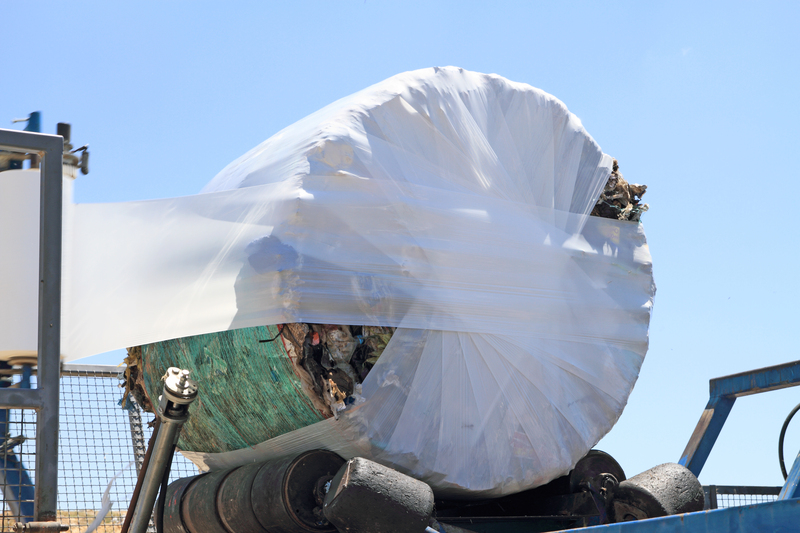Disposing of Carpets the Right Way
Posted on 18/08/2025
Carpets play a significant role in enhancing the aesthetics and comfort of our homes. However, there comes a time when these carpets wear out, become outdated, or need to be replaced. Improper disposal of old carpets can have detrimental effects on the environment. Here's a comprehensive guide on disposing of carpets the right way, with sustainability in mind.
Why Proper Carpet Disposal Is Important
Disposing of carpets correctly is crucial for several reasons:
- Environmental Impact: Carpets made from synthetic fibers can take hundreds of years to decompose in landfills.
- Health Concerns: Old carpets can harbor mold, allergens, and other harmful substances.
- Resource Conservation: Proper disposal methods can allow for recycling and repurposing of materials.

Methods for Disposing of Carpets
1. Recycling
Recycling is one of the most eco-friendly ways to dispose of your old carpet. Carpets made from materials like nylon and polypropylene can be recycled. Here's how you can do it:
- Find a Recycling Facility: Locate a carpet recycling facility or program in your area.
- Prepare the Carpet: Vacuum and clean the carpet to remove debris before recycling.
- Cut and Transport: Cut the carpet into manageable pieces and transport it to the recycling facility.
2. Repurposing
If your carpet is still in reasonably good condition, consider repurposing it. Here are some ideas:
- Use as a Rug: Cut sections of the carpet to create smaller area rugs.
- Donate: Donate to local shelters or charitable organizations.
- DIY Projects: Use old carpet pieces for DIY projects like upholstery or insulation.
3. Professional Removal Services
Consider hiring a professional removal service, especially for large carpets:
- Convenience: They handle the heavy lifting and disposal for you.
- Compliance: Ensure that the carpet is disposed of in an environmentally-friendly manner.
4. Disposal at Local Waste Management Facilities
If recycling or repurposing isn't an option, local waste management facilities often accept carpets:
- Check Guidelines: Contact your local facility to understand their specific disposal guidelines.
- Prepare the Carpet: Follow any preparation instructions given by the facility, such as cutting the carpet into smaller pieces.
Pros and Cons of Various Disposal Methods
Recycling:
- Pros: Environmentally friendly, conserves resources, reduces landfill waste.
- Cons: Requires effort to locate recycling facilities and transport the carpet.
Repurposing:
- Pros: Extends the life of the carpet, creative application, supports charitable causes.
- Cons: Limited by the carpet's condition and your DIY skills.
Professional Removal:
- Pros: Convenient, ensures proper disposal.
- Cons: Can be costly.
Local Waste Management:
- Pros: Easy to find, straightforward process.
- Cons: May still contribute to landfill waste.
Practical Tips for Carpet Disposal
- Plan Ahead: Determine the best disposal method before removing the carpet.
- Consult Professionals: For large-scale removals, consider hiring professionals.
- Be Resourceful: Think creatively about how to repurpose your carpet.
- Stay Informed: Keep updated on local regulations and disposal programs.

Key Takeaways
- Proper carpet disposal is essential for environmental protection and health safety.
- Recycling and repurposing are the most eco-friendly options.
- Professional removal services offer a convenient but sometimes costly solution.
- Local waste management facilities can be a last-resort option.
Conclusion
Disposing of carpets the right way requires a bit of planning and effort but is crucial for reducing environmental impact and promoting sustainability. Whether you choose to recycle, repurpose, hire professionals, or use local waste management facilities, being mindful of the environmental implications of your disposal method is key. By following the guidelines and tips provided, you can ensure that your old carpet is disposed of responsibly.





